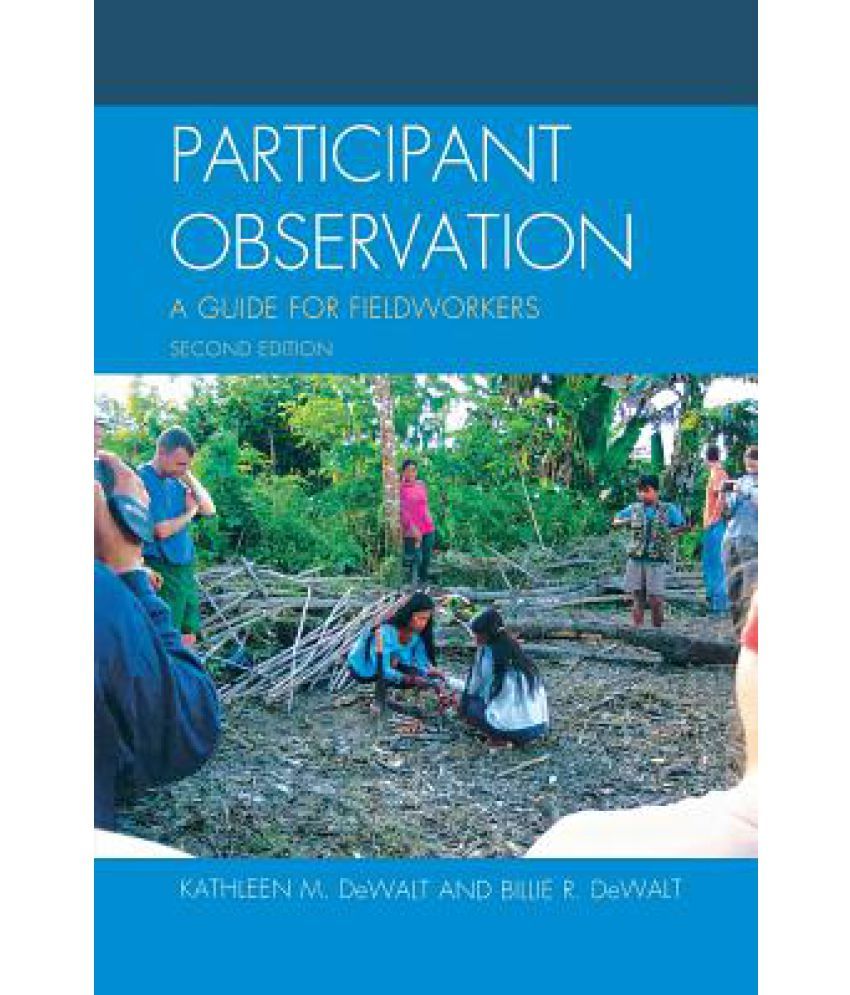

First, the researcher ust locate themselves intimately within the group under study in order to gain a complete and ‘fleshed out’ account of community life and second, that it is not possible, when located within and as a member of a group, to have the necessary perspective to interpret community life (Malinowski, 1922).

Malinowski’s (1922) methodology of ethnographer as tool is based in two contradictory imperatives, each centered on location. However, the concept of a dichotomous insider/outsider positionality is a complex issue that is coming under increasing scrutiny within the field (Kirby, Greaves & Reid, 2006). Achieving insider, as opposed to outsider, status within a community of study is a primary goal for many anthropologists in the field. Malinowski took great pains to ensure that he eventually came to feel part of the tribe, an insider, ‘joining in himself in what is going on’ rather than simply recording the proceedings (Malinowski, 1922, p. The premise of participant-observation draws the researcher inside the daily life of those they study, with the many small experiences, interactions, intimacies and resulting integration providing an entree into cultural life not afforded the lone observer or ‘outsider’. Discussed below are the goals identified by Malinowski, some of the issues they raise, and how they have come to be interpreted within modern anthropological practice. However, they also raise a number of questions about the practical, paradigmatic and ethical difficulties associated with anthropological fieldwork. These goals and methodologies remain principal to the design and analysis of modern anthropological research. First, to record the feel and flow of daily life as a member of the community second, to create a framework of community organization based on a scientific perspective and third, to collect detailed personal information particular to the community of study (Malinowski, 1922). In his conceptualization of participant-observation, Malinowski identified three primary objectives for the fieldworker. “Malinowski’s Participant-Observation in Modern Anthropology”Īs a method, it was a radical departure from the typical approach to fieldwork used in Malinowski’s time which involved techniques that kept the ethnographer distanced and distinct from those they studied (McGee & Warms, 2008).


 0 kommentar(er)
0 kommentar(er)
